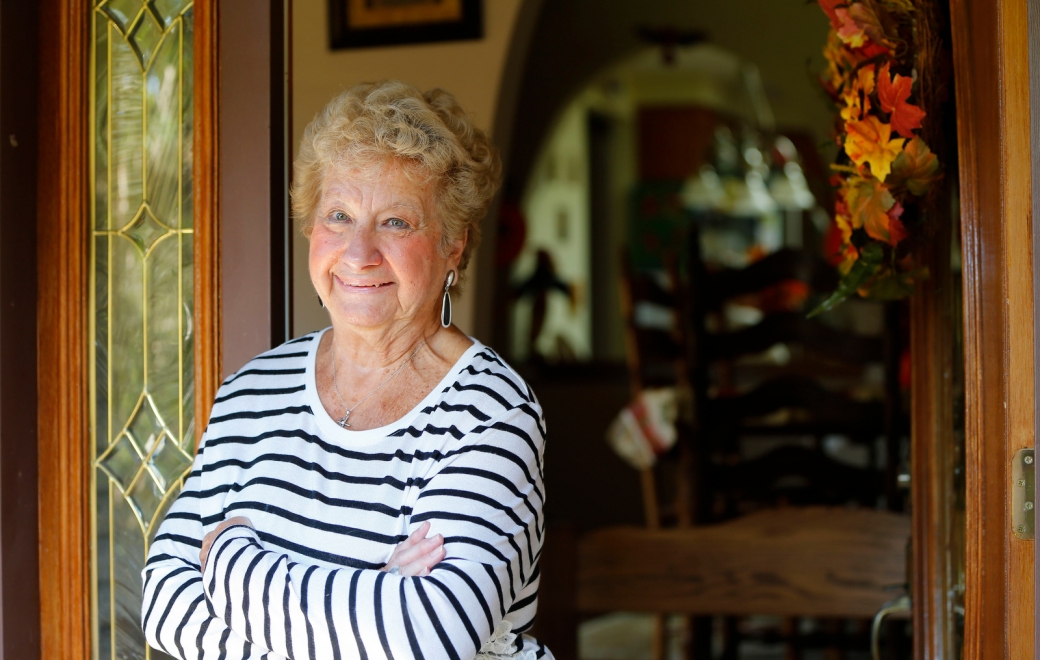
Patricia A. Skowron wasn’t the only one confused. Anyone dealing with tax bills and equalization rates would be. There’s a solution and it runs through Albany.
Skowron’s bill from the Iroquois Central School District was a horse pill: Her taxes had risen by $660, even as those at a nearby house of similar value went up less than $100. That disparity is a flashing signal of a skewed and unfair system.
Skowron’s circumstance is not uncommon. It happens when taxing districts cross municipal boundaries, when revaluations are not regularly conducted and property assessments reflect less than 100% of market value.
The Iroquois School Board had projected a districtwide tax increase of 2.77%, but the district covers six towns and, within them, the impact varied wildly, with increases ranging from 1.4% in Elma to 9.2% in Aurora to 17.8% in Lancaster.
Skowron lives in Lancaster.
The percentage difference is based on several factors, including the equalization rate, which is the state’s method of measuring the level of assessment, or the value of homes, in a particular municipality.
The mere existence of the equalization rate underscores why revaluations are necessary, even if they are politically unpopular with some residents who mistakenly believe they will automatically push their taxes higher. Revaluation simply ensures that the tax burden is distributed equitably.
Take, for example, the nearby house from Skowron’s. Its full market value is similar to her home, but its taxes are rising only about $70. That house is in the Town of Elma, where the tax rate increased approximately 1.4%.
Why? For one thing, the assessments are out of date, as each town’s equalization rate documents: Elma’s 2019 equalization rate is 4.10 while Lancaster’s is 77. What that means is that, in both towns, total market value is greater than their assessed value. In Elma, the assessed value is 4.1% of market value.
The only way to get accurate numbers is to conduct a revaluation, just as the City of Buffalo is currently undergoing. Then, those numbers have to be kept current – at 100% of market value. That’s the way to make fair comparisons and guard against shocks such as the one administered to Skowron. It can happen in any school district whose boundaries bleed into multiple municipalities.
But if regularly updated assessments are necessary for fairness, they are not required and most municipalities are loath to undertake them. Elma hasn’t been reassessed since the 1960s, according to Cheektowaga Supervisor Diane Benczkowski, and Lancaster not since 2009. Cheektowaga just cancelled a scheduled reassessment.
It’s a guarantee of unfairness, as Patricia Skowron has learned in about as painful a way as possible. And it’s avoidable. Since municipalities can’t be counted upon to keep their property assessments current and accurate, Albany should pass legislation to require it.
Published by The Buffalo News, Oct. 16, 2019





